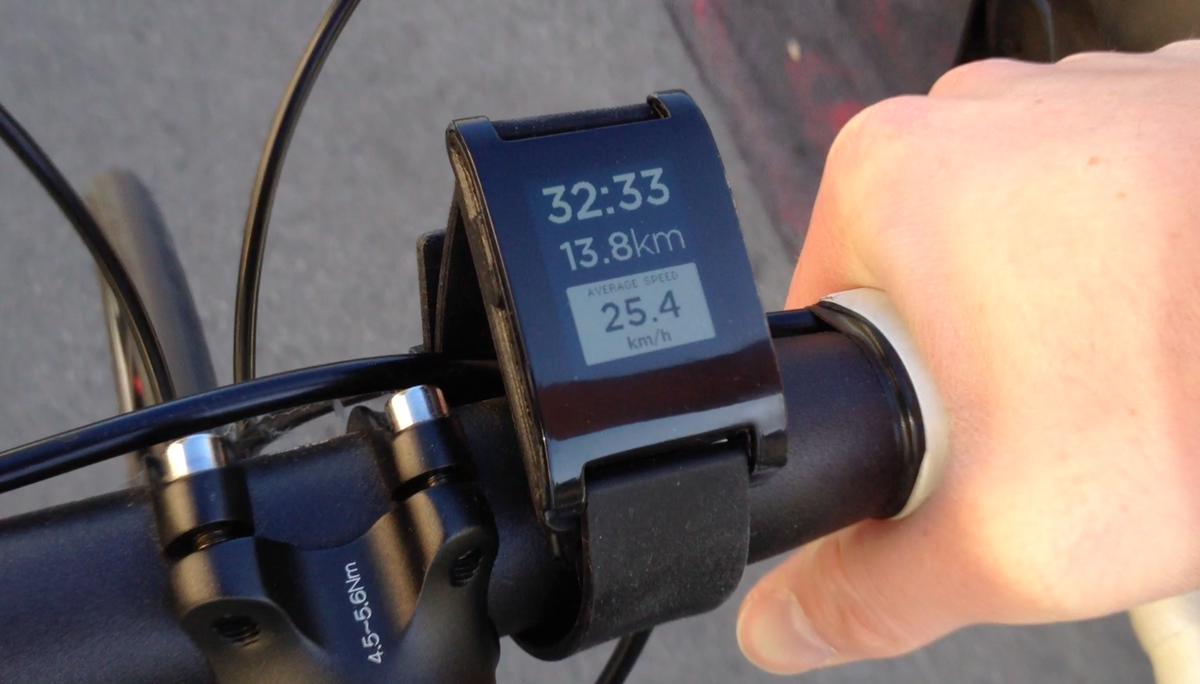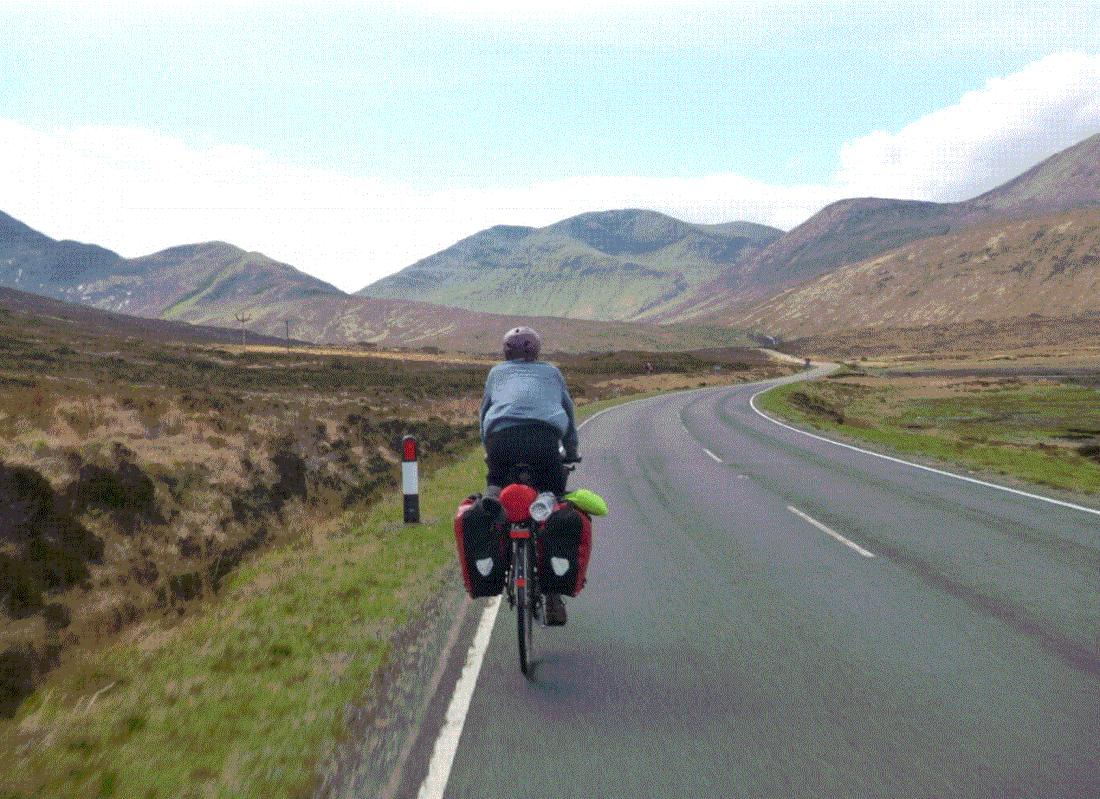|
Traditional cyclists may opt out of using too much technology, yet there’s no denying that it’s useful for both safety and performance. Cycling gadgets can help you to understand your own vitals, optimize your bike and your output and motivate you to ride to the best of your ability. Even if you are trying to keep the weight down on your lovely carbon fibre bike, the odd bit of extra gear is barely noticeable, especially given that a lot of the gear is designed to be exceptionally lightweight. Let’s take a look at a few recommendations. Cycling Apps There’s an app for everything these days and cycling is no different. There’s plenty of choice here. Strava is easily the most popular, with around 11 million workouts uploaded per week and 8.5 billion kilometres clocked in 2018. It’s free to download the basic version. It measures stuff like speed, distance, heart rate, power and cadence. Plus, if you have a fitness tracker like a Garmin Vivo fit (you can check out the list of specs for one of the models of this tracker here), you can easily link this up to Strava in order to really get the most out of your ride. Strava also records your routes (if you want it to), so that you can share them with the growing community. You can find nearby routes and races and try to beat other user’s times, or your own personal bests. The premium version has additional features, such as fitness and training plans and live beacon. It doesn’t have to be Strava, there are plenty of others that could work for you. For many casual riders, a cycling app will be pretty much all you need for basic metrics. Cycling Computers Cycling computers are the technological bread and butter for competitive cyclists, whilst hobbyists and casual riders will also see the benefits of getting a less expensive model. A decent cycling computer will be your faithful companion and trusty interface, be it a on day trip with friends, or a serious Scottish cycling sportif. Top and bottom of it is, you will get much more out of a dedicated cycling computer than you will an app, with full tracking, metrics and insights available for all of your rides. With a top-end model like the Garmin Edge 1030, you can send pre-written messages to other riders in your group, connect to your smartphone to see notifications and get directions via GPS. The 20 hour battery life lasts long enough that it's unlikely you will be caught out and left lost or confused. A decent cycling computer can keep you out of trouble on a long distance route. Metrics and Measurements Serious competitors and sports coaches also take measurements and metrics seriously. The big change recently is that technology has made it much easier and more accurate to take vital measurements and performance data, as well as helping to make sense of it using meaningful analysis. Sports coach and poker player, Wen Sime uses a heartrate monitor to ensure optimal decision-making. Cyclists also use a heartrate monitor to check on their own safety and to record intervals. There are also performance metrics that can be measured using hardware such as power meters to measure torque and effectiveness, and cadence meters to measure speed and efficiency. To make the most out of a pro-level cycling computer, you can link it up with your metrics and measurements hardware. In any case, competitive cyclists or those looking to best themselves can use the data gathered to make changes to their own training and performance, and also to tweak their bike for optimal performance. Smarter Helmets and Lights Helmets and lights are essential pieces of safety technology in their own right. Every cyclist should own a decent helmet for protection; and equip their bikes with plenty of lights and indicators to negate risks of incompetency from drivers on the road.
Smart helmets can now offer even more safety, with extra LED lights and indicators. Some even have the ability to detect when an accident has happened and can send GPS co-ordinates to loved ones or the emergency services. The Livall BH60SE helmet is packed full of additional features, such as hands-free calls and music. LED lights can perform similar functions, shining more brightly at junctions, detecting accidents and sending messages to contacts. The most advanced lights send a visual warning to your cycling computer alerting you to when traffic is coming up the rear. It’s up to you how much cycling technology you use in your own life. Some will love it, but others may enjoy getting away from all of that when they go on a cycle through the quiet Scottish countryside. Love it or hate it, there’s no denying that it can be useful for both casual and competitive riders alike.
0 Comments
Leave a Reply. |
Categories
All
Archives
July 2024
|


